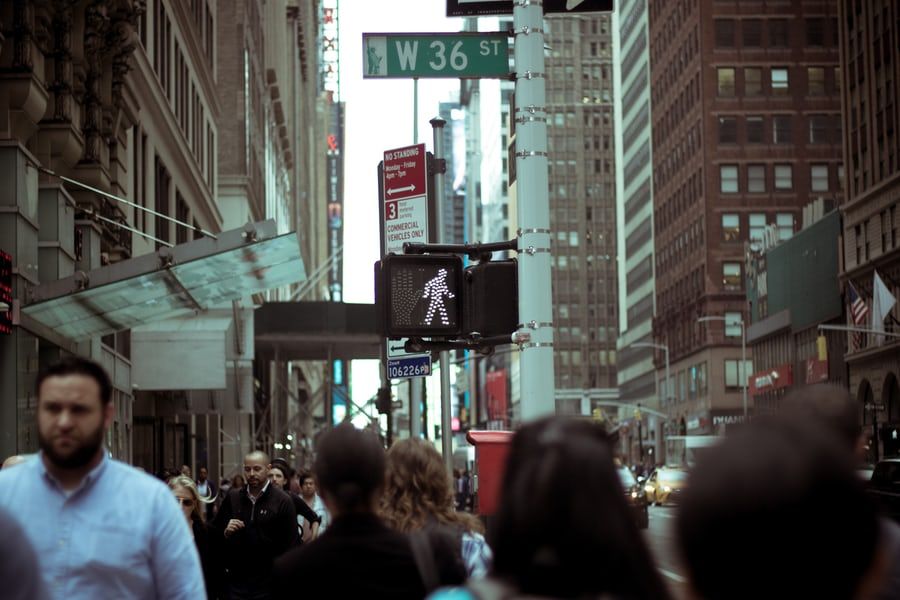Higher Levels of COVID-19 Seen in Disadvantaged Neighborhoods
Social factors associated with viral spread could be useful for pinpointing areas that need public health interventions.

A recent study conducted by investigators from Mount Sinai Hospital, in collaboration with the Mount Sinai School of Medicine, has discovered that higher levels of COVID-19 infections and mortality were seen in socioeconomically disadvantaged neighborhoods.
Results from the study were published in the journal Nature Communications.
"Much of the early rhetoric around COVID-19 disparities centered on comorbidities which, due to health disparities, may have explained why communities of color were suffering higher mortality. But we were seeing more people of color getting infected in the first place," Daniel Carrión, first author on the study said. "Our research team wanted to add to the literature outlining how structural racism is related to neighborhood disadvantage, and how that disadvantage is related to increased COVID-19 infections and mortality."
For the study, the team of investigators created a neighborhood level COVID-19 inequity index by analyzing publicly available data, which included census data, New York City subway ridership, New York City Department of Health and Mental Hygiene infections and mortality data, and other datasets available through New York City's and New York State's open data portals.
The index measured several factors, including employment and commuting patterns, population density of their neighborhood, food access, socioeconomic status, and access to health care.
Findings from the study showed that the higher inequity index was seen in predominantly black neighborhoods, followed by Latinx communities. Areas with higher subway ridership also showed higher levels of COVID-19.
The investigators believe these higher levels of infection are most likely due to an inability to social distance, due to employment or housing situations.
"The social factors in the COVID-19 inequity index are upstream neighborhood characteristics--they were already in place before the pandemic," Allan Just, senior author on the study said. "In the near term, this speaks to the importance of place-based interventions in Black, Indigenous, and people of color (BIPOC) communities to reduce disease incidence and mortality, such as improved and targeted vaccine availability for these communities. This also supports the need to look at social factors in pandemic preparedness."
